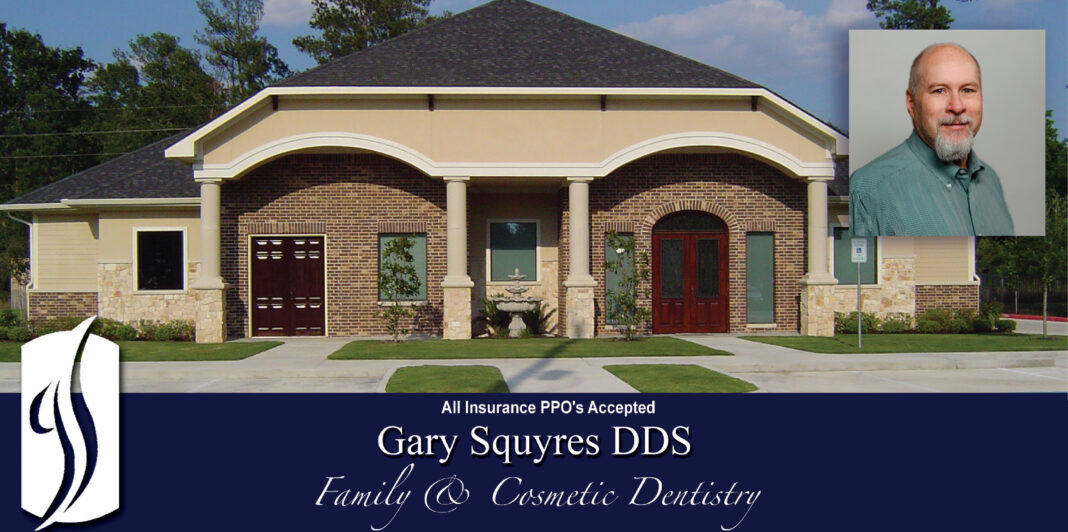Cracked Tooth Syndrome
What Is It?
Unlike teeth with obvious fractures, teeth with cracked tooth syndrome usually have fractures that are too small to be seen on X-rays. Sometimes the fracture is below the gum line, making it even more difficult to identify. Cracked tooth syndrome more often occurs in molars, usually lower molars, which absorb most of the forces of chewing. People who grind or clench their teeth may be more susceptible to cracked tooth syndrome because of the constant forces put on their teeth. Sometimes a person’s normal bite causes certain molar cusps (the highest points of the tooth) to exert so much pressure on the opposing tooth that it cracks. Teeth with large fillings or teeth that have undergone root canal treatment are weaker than other teeth and may be more likely to crack. People with one cracked tooth are more likely to have others, either at the same time or in the future.
Symptoms
You may experience pain in the tooth when you bite or chew. However, it probably will not happen all the time. The tooth may be painful only when you eat certain foods or when you bite in a specific way. You will not feel a constant ache, as you would if you had a cavity or abscess but the tooth may be more sensitive to cold temperatures. If the crack worsens, the tooth may become loose. Many people with cracked tooth syndrome have symptoms for months, but it’s often difficult to diagnose because the symptoms are not consistent.
Diagnosis
Diagnosis of cracked tooth syndrome is often difficult. Your dentist will do a thorough examination of your mouth and teeth, focusing on the tooth in question. He or she may use a sharp instrument called an explorer to feel for cracks in the tooth and will inspect the gums around the tooth for irregularities. Your dentist also may take X-rays, although X-rays often do not show the crack. Your dentist may use a special instrument to test the tooth for fractures. One instrument looks like a toothbrush without bristles that fits over one part of the tooth at a time as you bite down. If you feel pain, the cusp being tested most likely has a crack affecting it. Your dentist may shine a fiber-optic light on the tooth or stain it with a special dye to search for a crack. If the tooth already has a filling or crown, your dentist may remove it so he or she can better inspect the tooth.
Expected Duration
How long symptoms last depends somewhat on how quickly a cracked tooth can be diagnosed. Even then, treatment may not always completely relieve the symptoms.
Prevention
If you grind or clench your teeth, talk to your dentist about treatment. Grinding can increase your risk of cracked tooth syndrome.
Treatment
Treatments for cracked tooth syndrome do not always completely relieve the symptoms. Treatment depends on the location, direction and extent of the crack. Cracks vary from superficial ones in the outer layers of the tooth to deep splits in the root affecting the pulp (the center of the tooth, which contains the tooth’s nerves). If the crack affects one or more cusps of a tooth, the tooth may be restored with a crown. If a crack affects the pulp, you probably will need root canal treatment. About 20% of teeth with cracked tooth syndrome require root canals. After a root canal, the tooth will no longer be sensitive to temperature, but it still will respond to pressure. This means that if you felt pain when you bit down before the root canal, you probably will not feel it as intensely as before, but you may feel it from time to time. In some severe cases, the tooth may need to be extracted. Some cracks extend into the root of the tooth under the bone and there’s no way to fix the tooth. If your dentist decides the tooth needs to be extracted, you can have it replaced with an implant or a bridge.
Prognosis
Treatment of cracked tooth syndrome is not always successful. Your dentist should inform you about the prognosis. In some people, a restoration with a crown will relieve all symptoms. In others, root canal treatment solves the problem. Some people continue to have occasional symptoms after treatment, and may need to have the tooth extracted.















